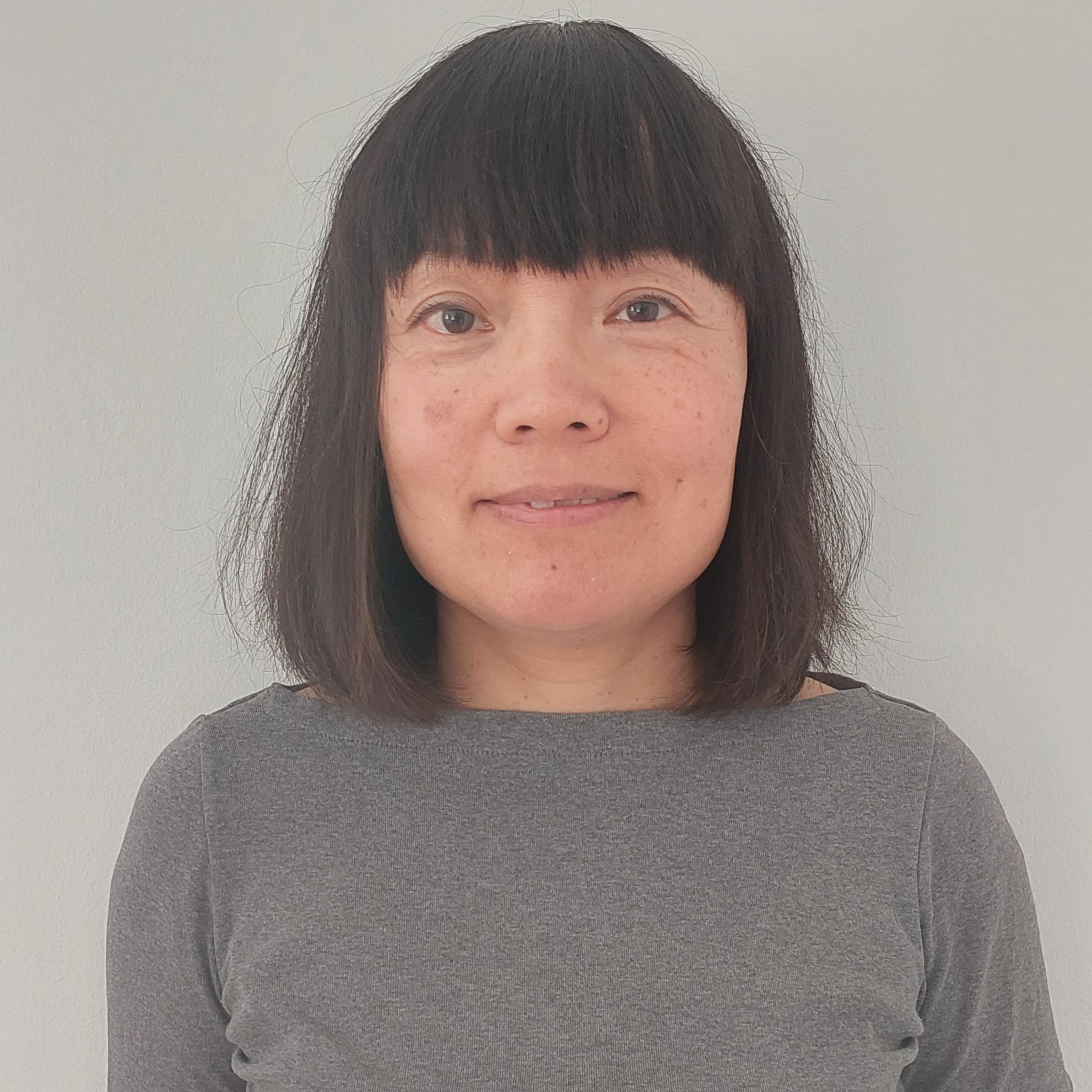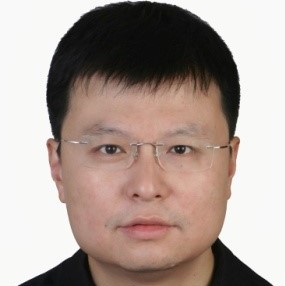
On the 12th of September 2024, the Sino-Danish Clean Heating Expert Panel held its fifth workshop at the Danish Energy Agency premises and online, as part of a Sino-Danish Clean Heating Expert Panel Study Tour where the DEA invited the Chinese and international experts to Denmark. As a follow-up of the Sino-Danish Special Session at the 10th Smart Energy System Conference in Aalborg on September 11, the topic of the workshop was the role of heat and power sector integration in enhancing energy system flexibility and integrating more renewable energy.
The workshop started with a welcoming speech by Jens Hein, China Team Leader at the Danish Energy Agency. Jens Hein stressed that China is DEA’s most important partner with regards to Denmark’s contribution to combating global climate change. He also highlighted district heating potential not only to help decarbonize the heating system, but also to provide the flexibility in the overall energy system that is needed if countries like Denmark and China are to meet their CO2 emissions reduction targets.
Thuvaraahen Nagendiram, District Heating Advisor at the Danish Energy Agency, presented preliminary results from modelling a typical district heating system in China under three scenarios: 1) without electricity market, i.e. fixed electricity prices; 2) with a three-step electricity price system: 3) with a spot market. The preliminary results show that heat prices would be cheaper in the case of scenario 3 compared to the two other scenarios.
The preliminary results and the data, assumptions and parameters used were discussed with the experts. The experts stressed that modelling and simulation are important as they help to understand how things work and raise relevant questions. They offered to help obtain the best possible data as possible in order to get as accurate a picture as possible, based on China District Heating Association and Tsinghua University annual report on district heating data, as well as statistics from MoHURD and Tsinghua University. Feng Wei, researcher at the Chinese Academy of Sciences-Shenzhen Institute of Advance Technology, highlighted that the tariff scheme is key. In China, there are both commercial tariff and residential tariffs. This changes the competition between individual and large-scale heat pumps. More heat pumps might change the pattern of electricity demand. John Tang, Chief Advisor at the Danish Energy Agency, suggested that this issue could be solved with thermal storage. Prof. Xia Jianjun from Tsinghua University explained that in China, CHP plants can sometimes get electricity for free. It may therefore be more important to focus on heat sources design and operation of supply than on heat prices in the Chinese context.
Lars Bregnbæk from EA Energy Analyses gave a presentation on how the heating sector can enhance energy flexibility. He emphasized that both China and Denmark – and maybe the whole world – mentally moved together on power market reforms. The results from the China Energy Transformation Outlook show that like everywhere else in the world, in China the core pillars of energy transformation are energy efficiency, massive deployment of green power, and electrification; and key challenges are variability, flexibility, and adequacy. In Denmark, the operation of district heating is driven by electricity prices. China’s power market signals are there, but are they utilized yet? Do district heating companies see the opportunity in these prices?
Prof. Xia Jianjun explained that electric boilers and to some extent thermal storage is used to that purpose by some district heating companies in China. Wei Feng added that there are lots of resources and opportunities for flexibility in China, not only on the demand-side but also on the supply-side. Lars Bregnbæk explained that looking far ahead, wind and solar will not be flexible any longer, so flexibility has to be on the demand-side. A transition period is needed. Traditional flexibility solutions on the supply side will be phased out. However, Prof. Xia mentioned that his university has developed other scenarios than CETO. There is more and more common understanding that in the future, coal-fired CHPs will still be needed (with CCUS), as well as nuclear power plants. The question is also raised of the relevance of district heating if full electrification is made.
Experts agree that developing long-term scenarios helps asking questions on the different possible pathway and can avoid stranded investment.
Feng Wei gave a presentation on opportunities for clean heating participating in China’s electricity market, focusing on the heat sector, especially heat pumps. The electricity market reform in China accelerates. The guidance released in 2022 by the National Development and Reform Commission (NRDC) and the National Energy Administration (NEA) – Document No. 118 – calls for a unified national market by 2030. The market becomes the main way of allocating resources, and electricity markets adapted to new power systems. Pilot construction of spot markets are going from trial to full operation. China also learns from Europe and USA, for example in the field of virtual power plants. The case of negative electricity prices in Shandong has advanced the concept of the ‘virtual power plant’ into practical application. There are already examples of district cooling system functioning as a virtual power plant in Qianhai. There is no reason it couldn’t work for district heating!
The experts discussed why there is no similar example with district heating. One explanation in that cooling and heating patterns are very different in China, and cooling demand pattern fits better to electricity price pattern than heat demand. In addition, the case presented was designed 15 years ago. It shows that long-term, holistic planning is essential. Heat pumps penetration in district heating in China is not huge at the moment, but the potential is high. High heat pumps penetration might impact the peak hours. Electric heat pumps have huge potential to participate in China’s electricity market as they provide cheaper flexibility resources than e.g. batteries. It is therefore recommended to implement heat pricing reform accordingly to electricity market reform. Lars Grundahl highlighted that, based on the experience from VEKS, knowledge of the different stakeholders, market design and understanding of the interests from electricity and heating markets actors is key.
Share this
Sector: District energy
Country / Region: China, Denmark
Tags: district energy, district heating, heat pumps, SimulationIn 1 user collection: Sino-Danish Clean and Renewable Heating Cooperation Centre – Events
Knowledge Object: User generated Initiative
Publishing year: 2024




